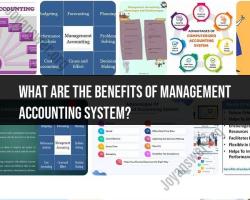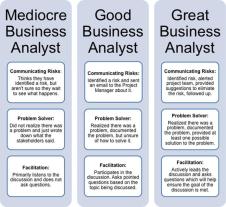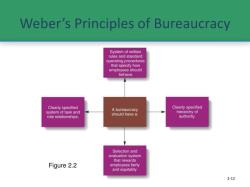What is organization design?
Organization Design: Understanding the Fundamentals
What Is Organization Design?
Organization design is the process of structuring a company or institution’s roles, responsibilities, workflows, and systems to achieve its goals effectively and efficiently. It involves deciding how people, teams, and resources are arranged and coordinated to support the business strategy and operations.
Key Aspects of Organization Design
Structure: How departments, teams, and reporting lines are set up (e.g., hierarchical, flat, matrix).
Processes: How work flows across teams and departments to deliver products or services.
Roles and Responsibilities: Clear definition of who does what, ensuring accountability.
Culture and Communication: Designing how information is shared and how people collaborate.
Technology and Tools: Choosing systems that support efficient workflows and coordination.
Why Is Organization Design Important?
Aligns the company’s structure with its strategic goals.
Improves operational efficiency and reduces duplication.
Enhances agility to respond to market changes.
Clarifies roles to reduce confusion and increase accountability.
Supports employee engagement and collaboration.
Examples of Organization Design Models
Functional Structure: Teams organized by function (e.g., marketing, sales, finance).
Divisional Structure: Organized by product line, geography, or customer segment.
Matrix Structure: Combines functional and project-based teams for flexibility.
Flat Structure: Few management layers to promote faster decision-making.
Summary
Organization design is about building the right framework so a company’s people and processes work together smoothly to meet its objectives. It’s a foundational element for business success and continuous adaptation.












